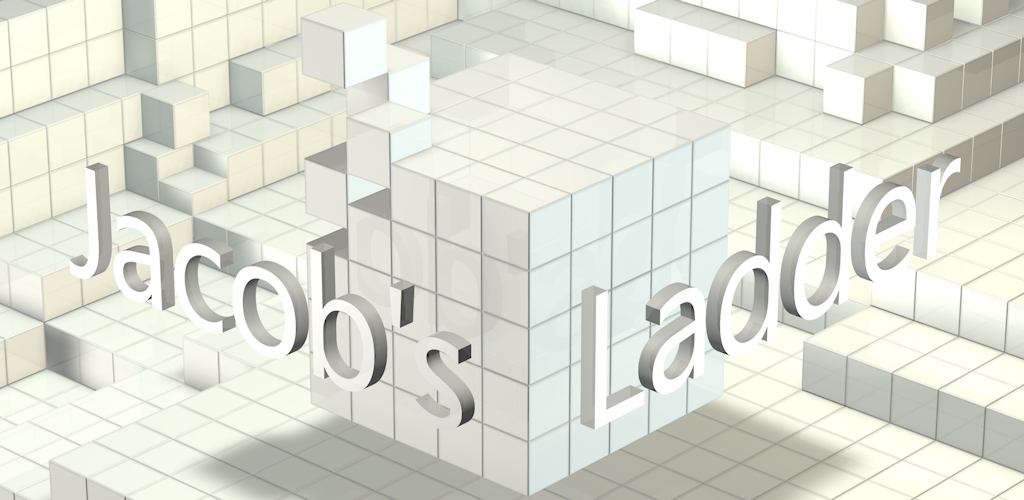At a high level every program invents its own language (or architecture). The A.I. I’m working on is designed as a switchboard or routing system that can accommodate an indefinite number of additional components to be added to the larger community. These are the component interfaces:
• Process: these are the input-output subsystems (for instance, vision, audition, actions, the spider depicted below, etc.)
• Minds: the actual A.I.s. They receive, store, and inter-compare input. They send actions to processes, and occasionally send information to other connected minds
• Displays: offer a library of standard pre-defined components. Any attached mind or processes can display relevant information or output through them. The UI used below is one example of a generic display.
• Praxis: functions as a central switchboard for all connected parts. It is the central messaging system which can route packets.

The praxis is depicted in the middle. It acts as pipeline control. The messaging system is currently serial, though it’s easily threaded.
Each element is identified by a GUID (globally standardized identifier), a unique code number (think Semantic Web). This allows minds to remember prior relationships, correlates values, and even replace or upgrade one process with another of the same valence. The valence of the target in relation to a given mind is built into the interface between mind and praxis, and would be defined by the mind during any request.
